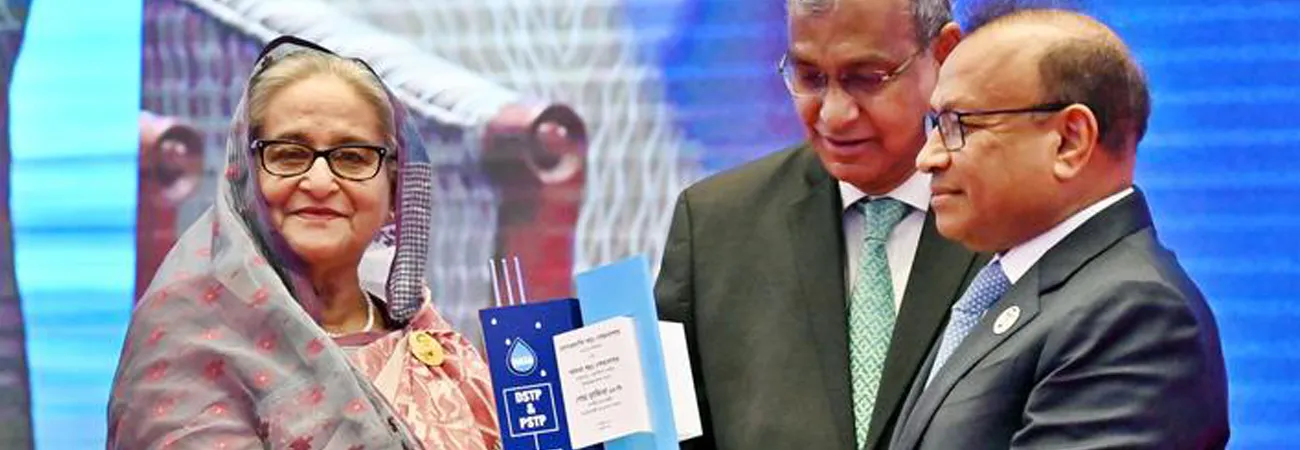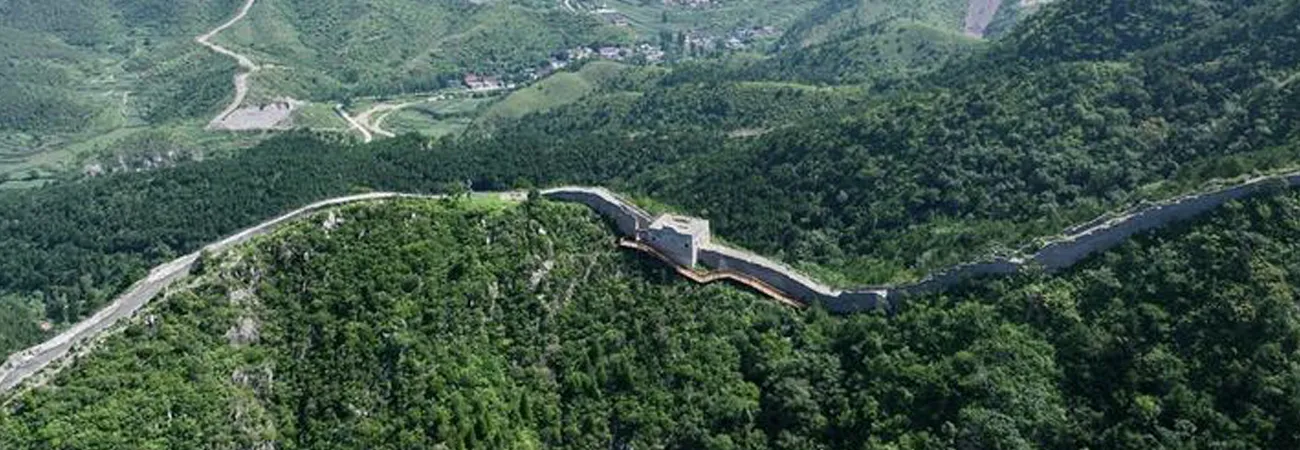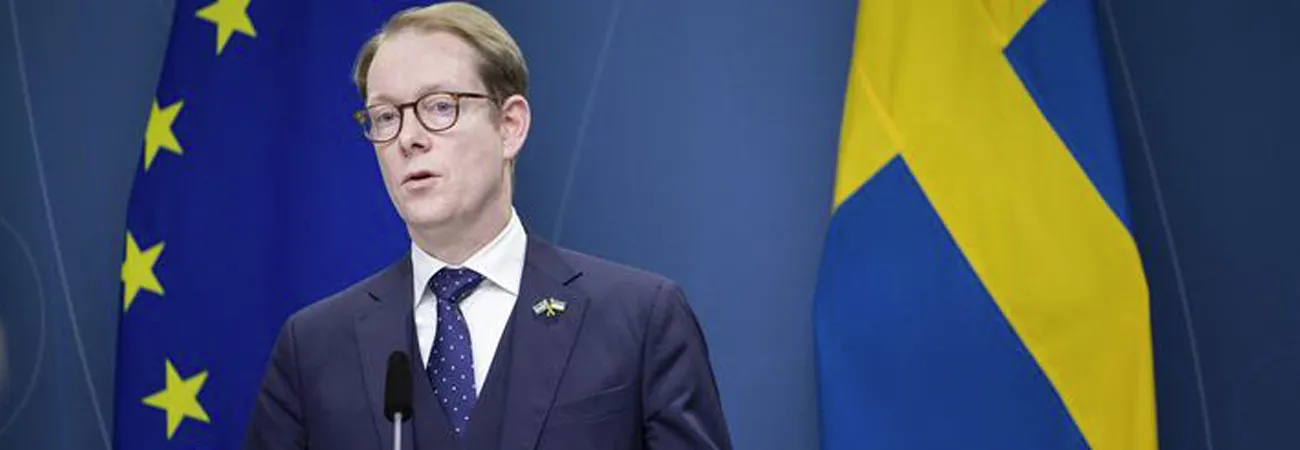XINHUA-PAKISTAN SERVICE
BEIJING, May 10 (INP): Pakistan has taken the lead implementing the economic corridor projects on a fast-track basis, says a report published in the Chinese media on Friday. The report referred to the cooperation scheme of six corridors and six channels serving multiple countries and ports” under the China-proposed Belt and Road Initiative (BRI). The cooperation scheme has already been put in operation and a large number of projects got materialized, Chinese President Xi Jinping has announced at the 2nd Belt and Road Forum.
The cooperation scheme means that the BRI has been upgraded from regional to global level considering its worldwide cooperation partners and expansion in the future, and the cooperation scheme not only reduced trade costs, but also helped stabilize underdeveloped regions and reduce conflicts.
According to the report, China-Pakistan Economic Corridor (CPEC) is a major project of the BRI, and it has showed considerable progress in the recent years.
The other five economic corridors usually refer to the New Eurasian Land Bridge, the China-Mongolia-Russia Economic Corridor (CMREC), the China-Central and Western Asia Economic Corridor (CCWAEC), the China-Indochina Peninsula Economic Corridor (CICPEC) and the Bangladesh-China-India-Myanmar Economic Corridor (BCIMEC).
The 3,000-kilometer-long CPEC starts from China's Kashgar and ends at Pakistan's Gwadar and is a trade network of highways, railways, pipelines and optical cables. The six channels refer to railways, roads, ports, air transport, energy facilities and communication facilities. Pakistan is a major beneficiary of this connectivity plan, the report added.
The cooperation of "six corridors" opens up the "blood meridian" of land and sea along the BRI route by using the "six channels" as the means, said Wang Yiwei, a senior research fellow at the Chongyang Institute for Financial Studies of the Renmin University of China.
Wang said that “six corridors and six channels serving multiple countries and ports” shows that the BRI is no longer just about infrastructure projects between China and other developing countries, but has reached a global level, and the construction of the BRI has moved from a “sketch” to a “fine painting.”
Western countries such as the US, which have not signed Memorandums of Understanding with China, have already seen their companies cooperate with China under the BRI, including third-party cooperation, Chen Fengying, a research fellow at the China Institutes of Contemporary International Relations in Beijing, told the Chinese media.
INP/J/AJ





